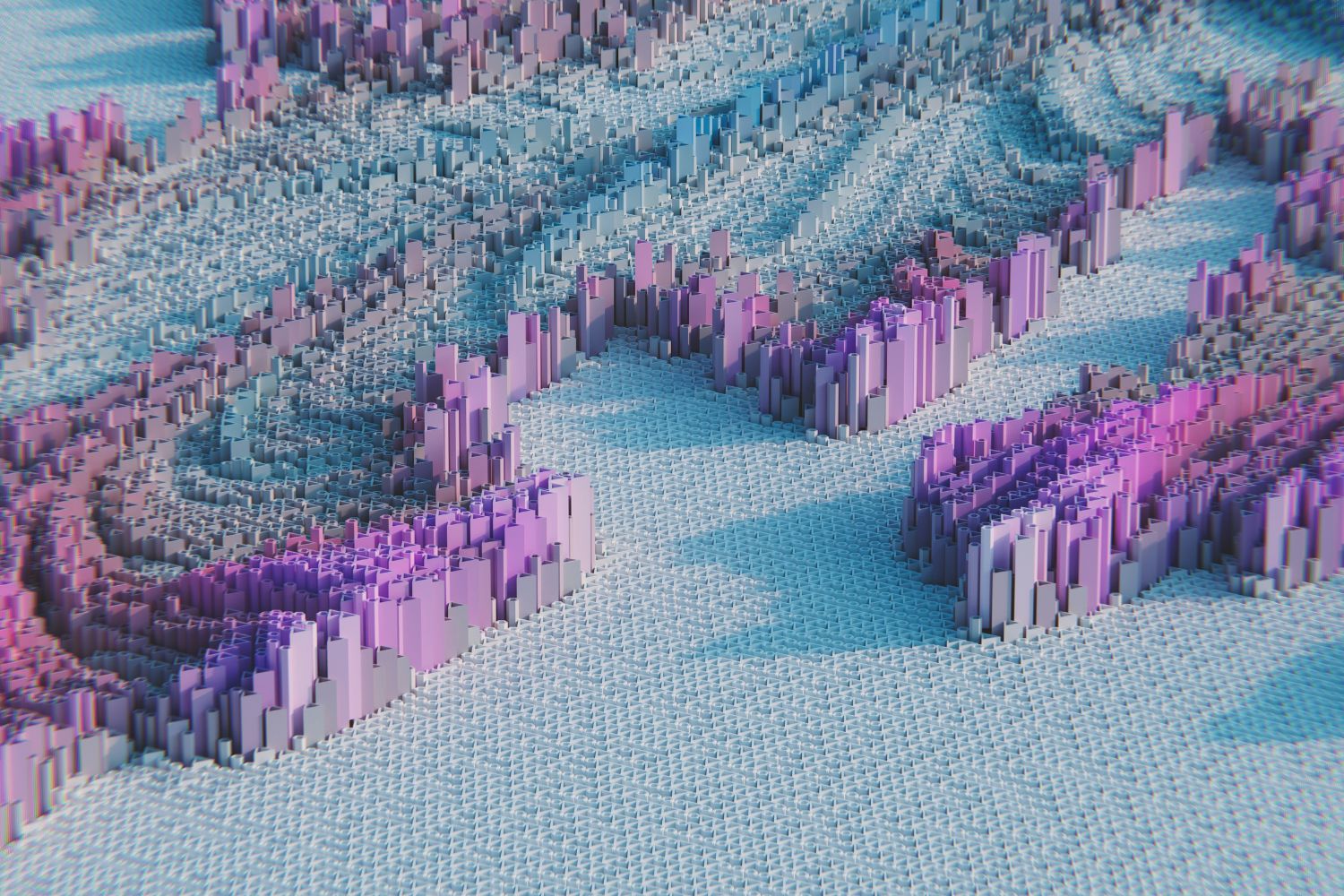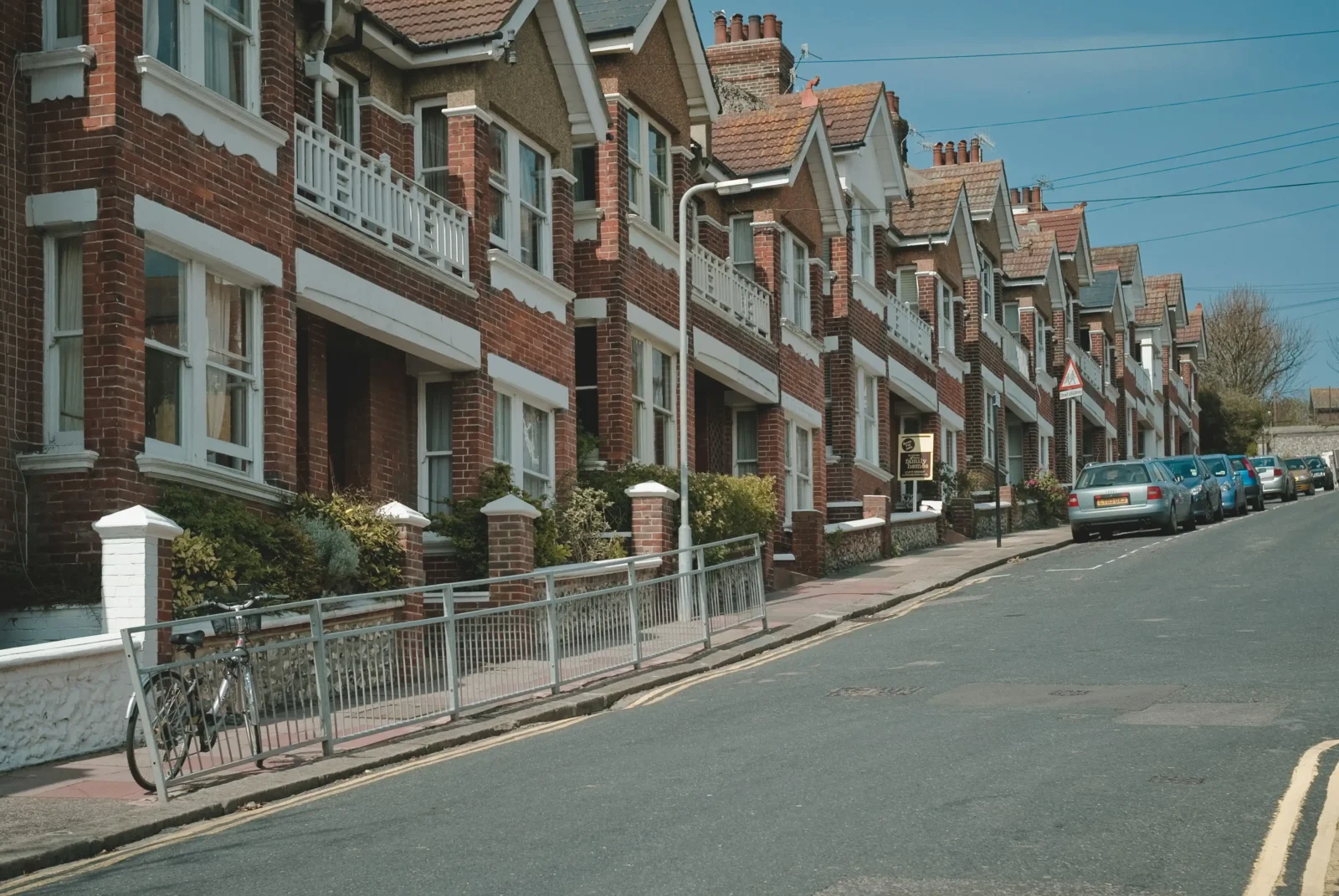- Home
- Articles
- Architectural Portfolio
- Architectral Presentation
- Inspirational Stories
- Architecture News
- Visualization
- BIM Industry
- Facade Design
- Parametric Design
- Career
- Landscape Architecture
- Construction
- Artificial Intelligence
- Sketching
- Design Softwares
- Diagrams
- Writing
- Architectural Tips
- Sustainability
- Courses
- Concept
- Technology
- History & Heritage
- Future of Architecture
- Guides & How-To
- Art & Culture
- Projects
- Interior Design
- Competitions
- Jobs
- Store
- Tools
- More
- Home
- Articles
- Architectural Portfolio
- Architectral Presentation
- Inspirational Stories
- Architecture News
- Visualization
- BIM Industry
- Facade Design
- Parametric Design
- Career
- Landscape Architecture
- Construction
- Artificial Intelligence
- Sketching
- Design Softwares
- Diagrams
- Writing
- Architectural Tips
- Sustainability
- Courses
- Concept
- Technology
- History & Heritage
- Future of Architecture
- Guides & How-To
- Art & Culture
- Projects
- Interior Design
- Competitions
- Jobs
- Store
- Tools
- More
Shaping the Future: The Revolutionary Impact of Waterjet Cutting in Architecture

In the ever-evolving world of architecture, the quest for innovation, precision, and sustainability leads us to embrace advanced technologies. Among these, waterjet cutting emerges as a transformative force, offering architects a new realm of possibilities. This article delves deep into the applications of waterjet cutting in architecture, exploring its principles, benefits, and the groundbreaking ways it is shaping the future of architectural design.
Waterjet cutting, a technology that harnesses the power of high-pressure water mixed with abrasives to cut through materials, is revolutionizing how architects approach design and construction. Its importance and growth in the architectural field cannot be overstated, as it brings unparalleled precision and versatility to the table, allowing for the creation of intricate designs and the use of diverse materials.
Table of Contents
ToggleWhat is Waterjet Cutting?
At its core, waterjet cutting is a method that uses a fine jet of water, often combined with an abrasive substance, to slice through materials with remarkable accuracy. This technique stands out for its versatility, being able to cut through a vast array of materials without heat-induced damage or alterations.
Types of Waterjet Cutting Machines
Waterjet cutting machines come in various forms, each tailored to specific cutting needs. Here’s a brief overview:
Pure Waterjet Cutters: Ideal for softer materials like rubber or foam, these machines use only high-pressure water for cutting.
Abrasive Waterjet Cutters: These are suited for harder materials, incorporating an abrasive material with the water to cut through metal, stone, or glass.
Micro Waterjet Cutters: Designed for precision cutting of very small parts with minimal material waste.
3D Waterjet Cutters: Capable of cutting materials at various angles and creating complex 3D shapes.
Waterjet cutting machines by Techni Waterjet exemplify the integral role of technical proficiency and extensive experience in the waterjet cutting process. They are known for offering innovative solutions. With a strong reputation for consistently delivering premium machines, Techni Waterjet has established itself as a benchmark in the industry.
Advantages of Waterjet Cutting in Architecture
The adoption of waterjet cutting in architecture brings a host of benefits:
Precision and Versatility: Achieves intricate designs with clean cuts and fine details.
Material Preservation: Reduces material waste thanks to its narrow cutting stream.
Environmental Impact: Offers an eco-friendly cutting solution without harmful byproducts.
Design Flexibility: Enables the creation of complex architectural elements without the limitations of traditional cutting methods.
How Does Waterjet Cutting Work?

The waterjet cutting process unfolds through a series of steps, ensuring each piece is cut with precision:
Preparation of Materials: Selection and positioning of the material to be cut.
Setting up the Machine: Adjust the waterjet cutter’s settings based on the material and desired outcome.
The Cutting Process: The machine precisely cuts the material following the specified design.
Post-processing Steps: Cleaning and finishing the cut pieces for installation or further use.
Applications of Waterjet Cutting in Architectural Design

Waterjet cutting has found its place in various innovative applications within architecture:
Facades: Creating intricate patterns and designs for building exteriors.
Ornamental Elements: Crafting detailed decorative pieces that enhance aesthetic appeal.
Custom Furniture: Designing unique furniture pieces that stand out.
Creating Custom Architectural Elements
This technology allows for the creation of bespoke designs and patterns, giving architects and designers the freedom to experiment with new concepts and ideas. From custom-designed panels to unique decorative motifs, waterjet cutting enables the realization of visions that were once considered unattainable.
Precision Cutting for Structural Components
Waterjet cutting also plays a crucial role in the fabrication of structural components, where precision is paramount. The ability to cut materials accurately ensures the structural integrity of architectural elements, making them indispensable in modern construction projects.
Materials Suitable for Waterjet Cutting in Architecture

The versatility of waterjet cutting extends to a wide range of materials:
Stone and Marble: For elegant flooring, facades, and decorative elements.
Metals: Including steel, aluminum, and brass for structural and decorative applications.
Glass: For creating intricate designs on windows, partitions, and facades.
Composites: Offering architects innovative options for durable and aesthetically pleasing designs.
Exploring the Versatility of Stone and Marble Cutting
Waterjet cutting’s precision makes it ideal for crafting intricate designs in stone and marble, materials traditionally associated with luxury and durability in architecture. This method opens up new avenues for utilizing these materials in ways that were previously challenging or impossible.
Metal Cutting with Waterjet Technology
The ability to cut metals cleanly and efficiently with waterjet technology has significant implications for architectural design. It enables the creation of detailed metal elements for both structural and decorative purposes, without the risk of warping or altering the material properties.
Innovative Applications of Glass Cutting
The precision of the waterjet cutting offers unmatched advantages when working with glass, a material that requires delicate handling. Architects can now design with greater freedom, creating complex, detailed glasswork that adds beauty and functionality to buildings.
The Role of Waterjet Cutting in Sustainable Architecture

Waterjet cutting aligns with the principles of sustainable architecture, supporting green building practices through its efficient use of materials and reduction of waste. This technology contributes to the development of eco-friendly architectural solutions, reinforcing the industry’s move towards sustainability.
Comparing Waterjet Cutting to Other Cutting Technologies in Architecture
When compared to laser and plasma cutting, waterjet cutting stands out for its versatility, precision, and ability to cut without inducing heat stress on materials. Each cutting technology has its advantages and situational uses, but waterjet cutting offers a unique set of benefits particularly valuable in architectural applications.
Waterjet vs. Laser Cutting in Architectural Applications
The choice between waterjet and the accuracy of laser cutting often comes down to material compatibility and the desired finish. Waterjet cutting excels with a wider range of materials, including thick metals, stone, and glass, without the risk of heat damage.
Plasma Cutting vs. Waterjet Cutting
While plasma cutting is efficient for cutting thick metal sheets, it cannot match the precision and versatility of waterjet cutting, especially when it comes to materials like stone, glass, and composites.

Overcoming Challenges with Waterjet Cutting in Architecture
Despite its many advantages, waterjet cutting faces challenges such as higher operational costs and the need for large-scale equipment. However, with advancements in technology and increasing accessibility, these challenges are becoming less significant.
Future Trends in Waterjet Cutting for Architecture
The future of waterjet cutting in architecture looks promising, with ongoing innovations in machine efficiency, cutting speed, and material capabilities. As architects and designers continue to push the boundaries of creativity, waterjet cutting will remain a key tool in realizing their visions.
Step-by-Step Guide to Implementing Waterjet Cutting in Architectural Projects
Incorporating waterjet cutting into architectural projects requires careful planning and material selection. Collaborating with experienced waterjet cutting services can help architects maximize the benefits of this technology, ensuring successful integration into their designs.
Conclusion
Waterjet cutting represents a paradigm shift in architectural design and construction, offering a blend of precision, versatility, and sustainability. As we look towards the future, the continued innovation and adoption of waterjet cutting in architecture will undoubtedly play a pivotal role in shaping the built environment, paving the way for more creative, efficient, and sustainable architectural solutions.
illustrarch is your daily dose of architecture. Leading community designed for all lovers of illustration and #drawing.
Submit your architectural projects
Follow these steps for submission your project. Submission FormLatest Posts
Online 3D Terrain Mapping Tools for Urban and Landscape Design in 2025
A curated guide to the best online 3D terrain mapping tools in...
10 Interesting Facts About Zaha Hadid
Zaha Hadid was a visionary architect whose fluid forms, bold experimentation, and...
Common Emergency Repairs Every Homeowner Should Be Ready For
For most of us, when something goes wrong, we have a propensity...
Designing, Retrofitting, and Valuing Non-Standard Homes in Britain
Britain’s housing stock carries a quiet contradiction. From the street, many homes...












Leave a comment